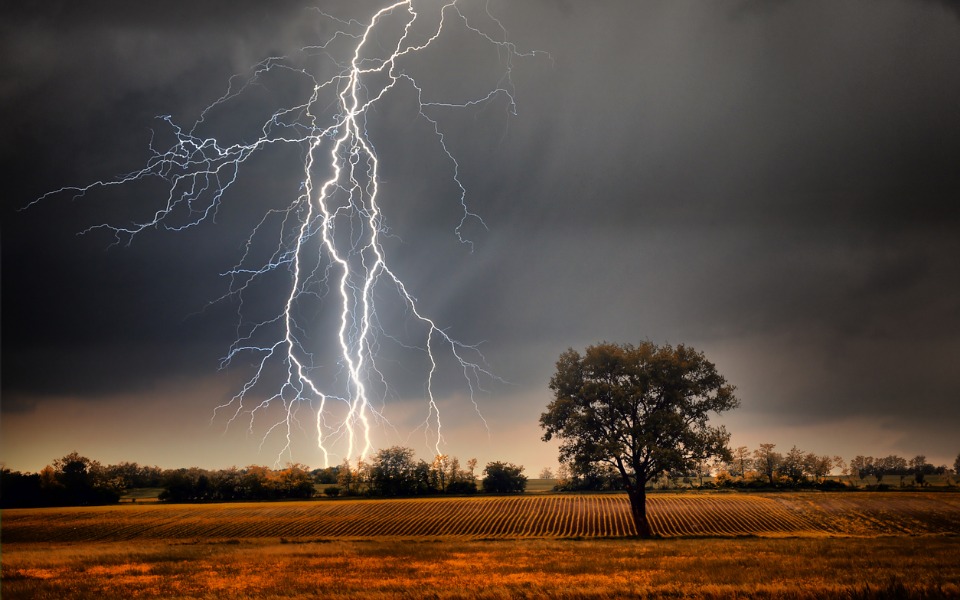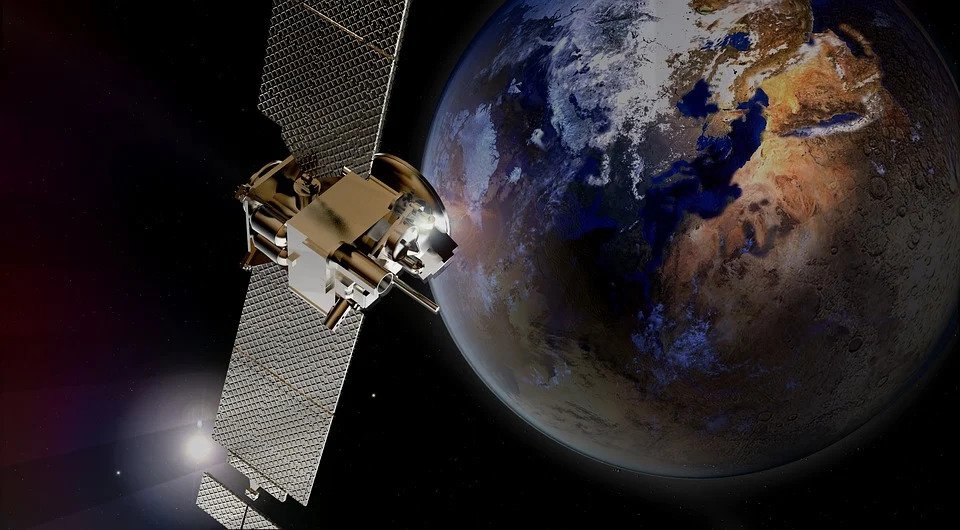
NASA’s new mission to know why lightning strikes & storm intensity are up

Not only has the intensity of thunderstorms increased in India and the world, but the number of storms occurring each year too has gone up, giving enough evidence to scientists to attribute the natural phenomenon to global warming or climate change.
It appears certain now that climate change does affect localized tropical storms and thunderstorms, but scientists are still not sure how that’s happening. Ken Jucks, program manager for the Upper Atmosphere Research Program (UARP), and Gavin Schmidt, NASA’s new senior climate adviser, told EarthSky about the brighter lightning, higher winds, and increased rainfall that Earth might expect as the climate continues to warm.
Ken Jucks said that as the atmosphere warms and contains more water, convective storms are expected to increase, as there is more energy to drive the convective process.
Intense storms would mean faster updrafts (upward movement of air), higher updrafts, more mass within the updrafts, on average.
When asked if lightning will be brighter and thunder louder, Gavin Schmidt said that lightning is driven by the strength of the convective updrafts so “expect it to increase with temperature”. “Also, as convective storms move poleward, we expect an increase in the range of lightning strikes, which can contribute to more wildfire ignition,” said Schmidt.
Jucks said that with stronger convective storms, the winds in their vicinity will also increase. “Rainfall will most likely increase around these convective storms as there will be more water available to precipitate,” he said.
Also read: Why Chennai’s Thursday rain slipped past IMD, weathermen
Schmidt said the average rain will increase mostly in the equatorial region and at higher latitudes. “The overall pattern of rain will shift but this is still quite uncertain. More noticeable though will be the increase in rainfall intensity, like when it rains, it will rain harder. This is already detectable,” he said.
Impact of storms on climate models
In November 2021, US space agency NASA announced it had selected a new Earth-science mission called INCUS (Investigation of Convective Updrafts). It was mainly launched to understand more about storm behaviour. The INCUS mission will study why storms, heavy rainfall and cloud formation occur exactly when and where they do. The observations will also address the impact of storms on current models of climate change.
Scientists believe INCUS can help them better understand how climate change is affecting these storms, both now and in the future. Moreover, this can help improve weather forecasting and the ability to predict extreme weather.
Ultimately, this will provide valuable data on how climate change itself is affecting and changing storms like these.
Also read: Explained: Is India’s target of ‘net zero carbon emissions by 2070’ feasible?
Karen St. Germain, NASA’s Earth Science division director, said, “In a changing climate, more accurate information about how storms develop and intensify can help improve weather models and our ability to predict risk of extreme weather. This information not only deepens our scientific understanding about the changing Earth processes, but can help inform communities around the world.”

How INCUS works
INCUS will consist of three SmallSat satellites flying in close formation. SmallSats are small spacecraft with a mass less than 397 pounds (180 kilograms) and about the size of a large kitchen fridge. The mission is scheduled to launch sometime in 2027 as part of NASA’s Earth Venture Program. INCUS will be an EVM-3 mission (Earth Venture Mission-3). The mission was selected out of 12 different proposals in March 2021.
In short, the NASA’s upcoming INCUS mission will investigate how thunderstorms and tropical storms affect climate models, and how climate change itself is affecting storms.
(Inputs from EarthSky.org)

